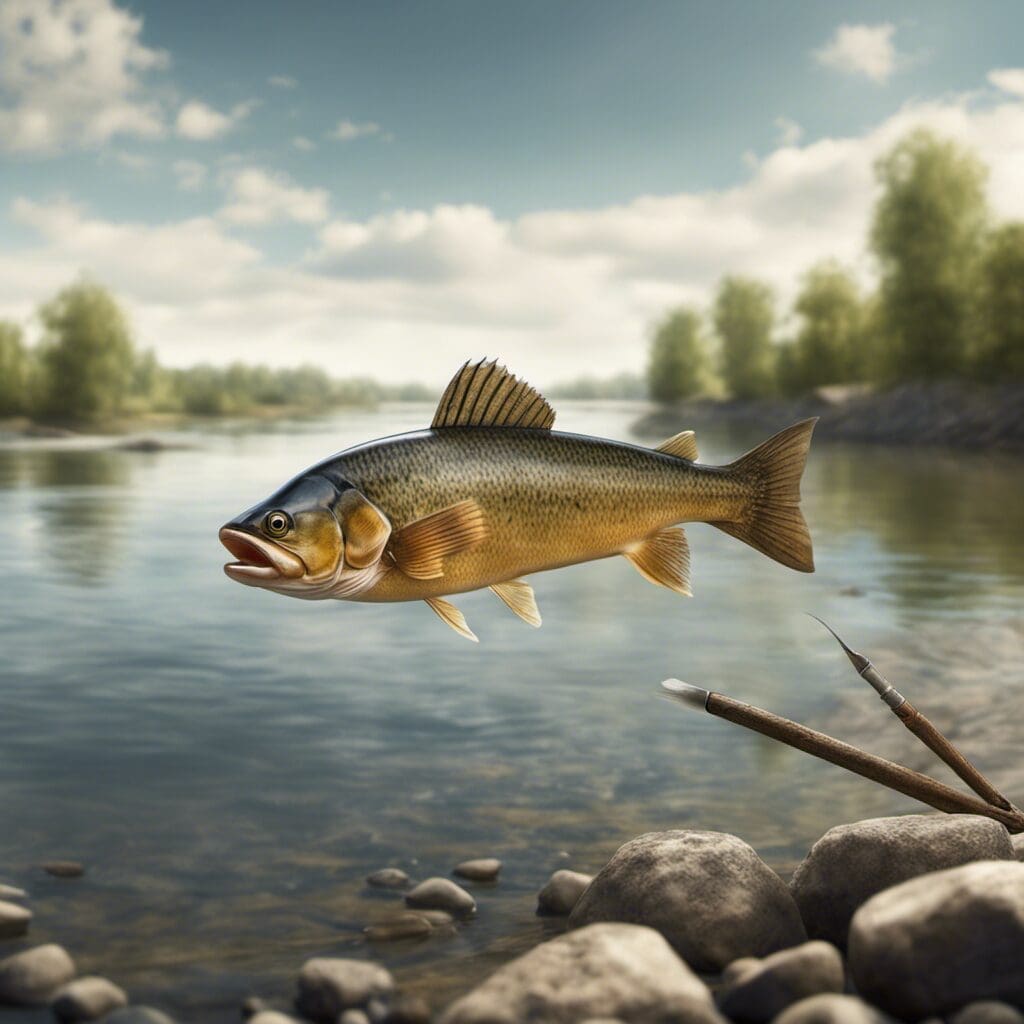Introduction
The River Carpsucker (Carpiodes carpio) is a species belonging to the Catostomidae family. Known for their long, cylindrical body, a small head, and a deeply curved belly, this freshwater fish is primarily found in the Midwest and Southern United States.
Conservation Status
As per the International Union for Conservation of Nature (IUCN), the River Carpsucker is currently classified as a species of “Least Concern.” The population remains stable, maintained by natural reproduction, and no specific conservation efforts are targeted towards this species.
Statistics
| Aspect | Average | Range |
|---|---|---|
| Length | 40 cm | 30-50 cm |
| Weight | 1 kg | 0.8-2 kg |
| Life Span | Up to 6 years | |
Distribution
The River Carpsucker is distributed widely across the Midwest and Southern United States, extending from the Great Lakes to the Mexican border. Migration patterns are not typically observed in this species, as they tend to stay within the same waterways.
Habitats
River Carpsuckers favor moderately warm environments, in medium to large rivers and lakes. Unlike many fish species, they prefer silty and rocky substrates instead of clear water.
Water Type
Freshwater
Depth Range
0 – 5 m
Temperature Range
15 – 25°C (59 – 77°F)
When and Where to See
River Carpsuckers are typically more active during the warmer months, from late Spring through Fall. Early morning and evening are the most productive times of day to spot them, as they tend to lay idle during the warmest parts of the day.
Best Fishing Locations
While the River Carpsucker can be found in many regions across the United States, they are most prevalent in areas with larger rivers or lakes, such as the Missouri and Mississippi River basins.
Top Fishing Spots for River Carpsucker:
1. Missouri River
2. Mississippi River
3. Indiana’s Wabash River
4. Tennessee River
5. Lake Erie
6. Lake Michigan
7. Lake Huron
8. Lake Ontario
9. Lake Superior
10. Red River of the North
How to Catch
River Carpsuckers are bottom feeders and are best caught using bottom fishing techniques with worms, shrimps, or other live baits. These fish can also be caught using a simple hook and line setup, as they tend not to be bait-shy.
Identification Guide
The River Carpsucker is recognizable by its silver-greyish body, broad head, small eyes placed high on the head, and hefty body tapering to a small tail. Their mouths are subterminal and have a unique “sucker-like” appearance, which is a defining characteristic of the Catostomidae family.
Culinary
Despite its somewhat off-putting name, the River Carpsucker is edible and has a unique taste comparable to carp. They are best cooked on a grill or pan-fried, and can be used in a variety of recipes.
Additional Information
River Carpsuckers primarily feed on algae, tiny crustaceans, and insect larvae. Predators typically include larger fish and predatory birds. These fish have deep-rooted cultural significance amongst local inhabitants, often featuring in folklore and local fishing legends.
References and Further Reading
For additional information on the River Carpsucker, consider seeking out regional fishing guides, local wildlife resources, and scientific literature. Take note that sources of information should be trustworthy and up-to-date to ensure their accuracy.
- FishBase Summary on River Carpsucker
- Missouri Department of Conservation

